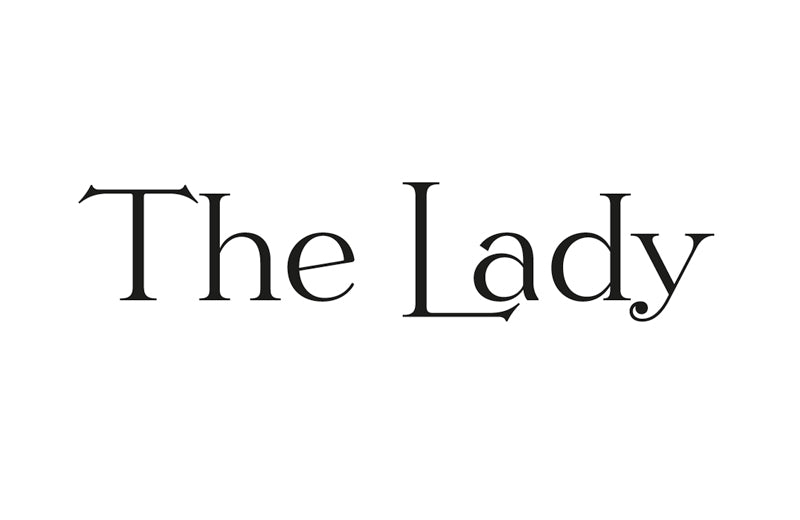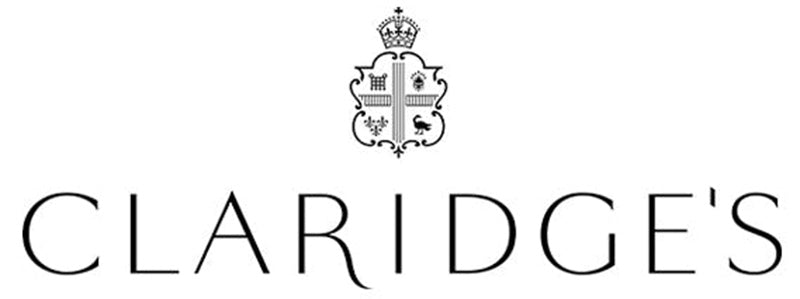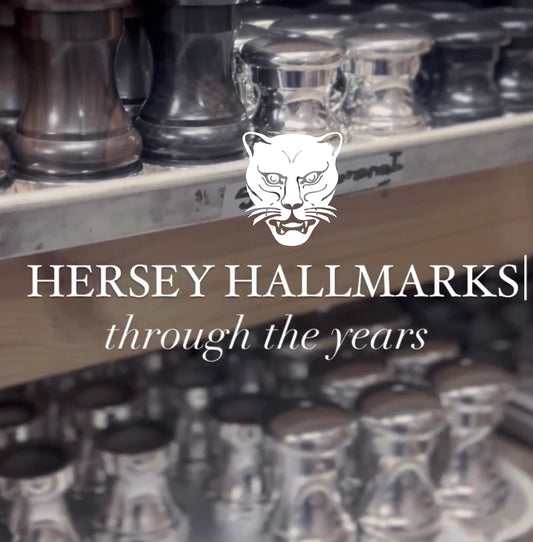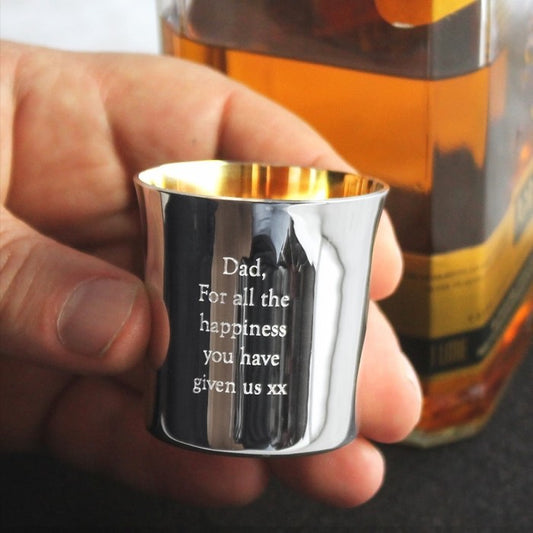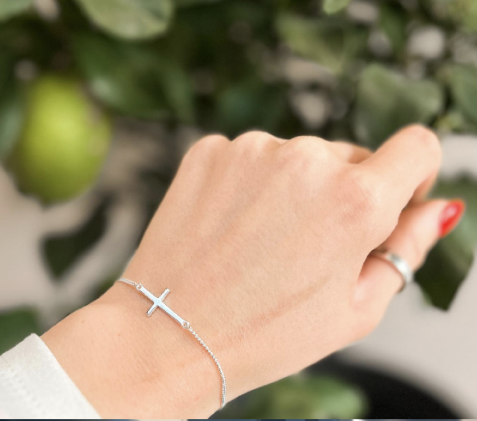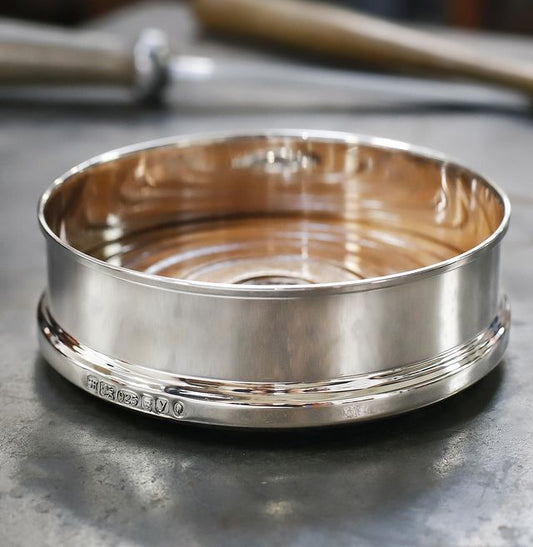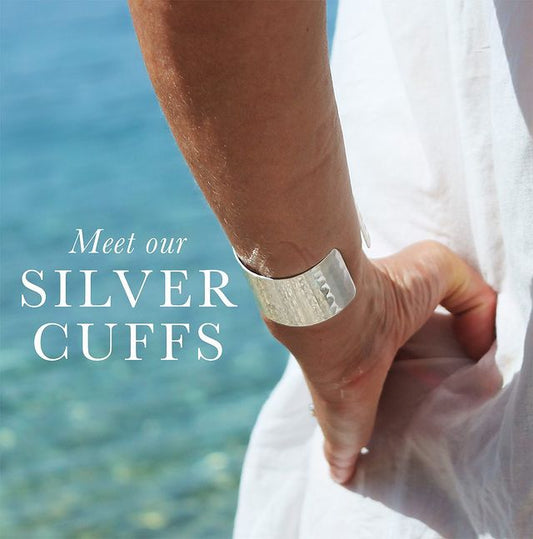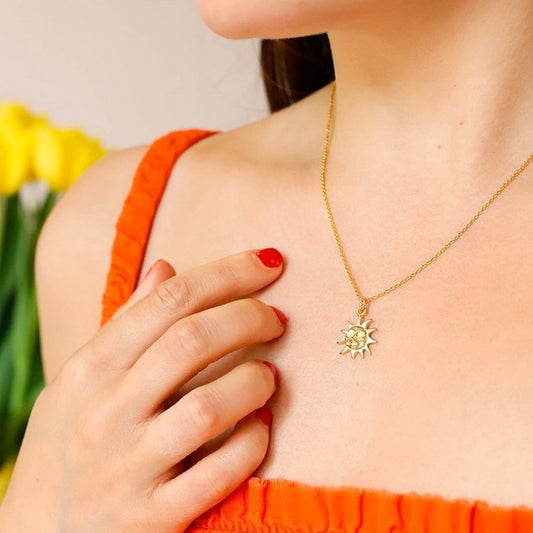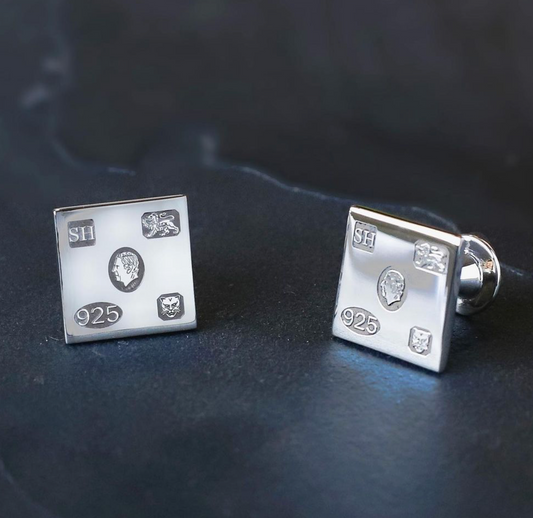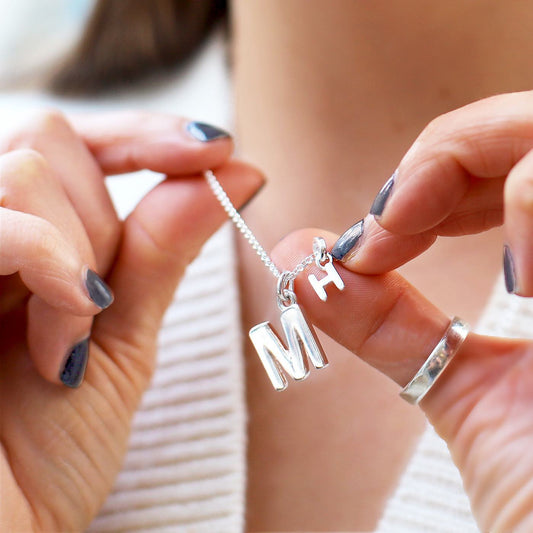Hallmarking - What is it & why is it there?

- Who made it? The sponsor's mark identifies the company or person responsible for sending the article for hallmarking. Often the Maker but it also could be a retailer or wholesaler.
- What Is it made from? The millesimal fineness (purity) of the precious metal content in parts per 1000. In this example 925 parts per 1000 (92.5%) represents the sterling silver standard recognised in the UK. The lion passant is a voluntary mark.
- Where was it made? This symbol shows which of the four Assay Offices in Birmingham (Anchor), Edinburgh (Castle), London (Leopard) or Sheffield (Rose), tested and marked the item.
- When was it made? This symbol shows the year in which the article was hallmarked. The date mark is voluntary, not compulsory and may not be applied on small items. ( Y is the letter for 2023).


Take a look at this short film to find out what to look for when buying precious metal items.
The Purpose of Hallmarking
Hallmarking is there to protect both the consumer and the trade silversmiths, goldsmiths and jewellers who rely on the trust factor and quality guarantee that hallmarks provide.
The hallmark is one of the oldest forms of consumer protection in the world and its history can be dated as far back as 1300, when Edward I demanded that all work in precious metals be struck with the leopard's head mark which is still the symbol of the London Assay Office today.
The first Goldsmiths' Hall was built in its present location in the City of London in 1339 and it is from there that the "Guardians of the craft" went from shop to shop to test and mark the wares and the word "Hallmark" is thought to derive.
Techniques for assaying (determining the quality of) precious metals have changed over the years and these days the work can be struck with punches or marked with a laser to show that the metal has passed the "touch test" where a small amount of metal is removed by rubbing on a stone or scraping it from the piece before a chemical is applied and the reaction measured to indicate the fineness before further testing in the laboratory. More commonly these days the preferred method is the X-ray fluorescence (XRF) spectrometer which determines the purity of the metal in a less destructive way.

Setting the Standard - Millesimal Fineness and Carats
There are three compulsory hallmarks: THE SPONSORS MARK, THE ASSAY OFFICE MARK and perhaps most importantly THE STANDARD MARK.
The standard mark shows the millesimal fineness (purity) in parts per thousand. So for instance the old 18 carat gold standard would be marked 750 as it equates to 750 parts per 1000 of pure gold. This, and all of the hallmarking standards and some other interesting information is well explained in printable format on the London Assay Office website here.
Hallmarking Hersey Silverware - A short film from 2008 - We know the year because we checked the hallmark!

Hersey Hallmarking Facts
- Since the 29th September 1998 we have submitted in excess of 515,812 items in 4375 packets to the London Assay Office for Hallmarking.
- Records pre September 1998 are not computerised, so it is difficult to estimate, but we were submitting work for 28 years on a regular basis before we started counting!
- Our first hallmark was registered on 20th August 1970, it was M&H which stood for Mills and Hersey and was used until August 1981.
- In 1981 we introduced the MCH (MC Hersey) sponsors mark which we used until 8th August 2007.
- For a period between 29th June 1998 and 8th August 2007 we sometimes used the sponsor's mark PS (Practical Silverware).
- From the 8th August 2007 to date we use the mark SH (Stewart Hersey).
Beware of bogus sellers and importers.
Hallmarking and the Law Today
The 1973 Hallmarking Act outlines the legal requirements for assaying, hallmarking and selling of precious metal items in the UK.
There are three main areas with which a retailer selling precious metal items to UK consumers must comply:
There are three main areas with which a retailer selling precious metal items to UK consumers must comply:
- Ensuring items that are not exempt carry a recognised hallmark.
- Ensuring precious metal descriptions are accurate.
- Ensuring that the mandatory Dealers Notice is displayed for consumers.
Further Information
Full guidance from the Government and British Hallmarking Council can be found here
For advice on consumer protection if you are concerned your piece is not genuine look here.





